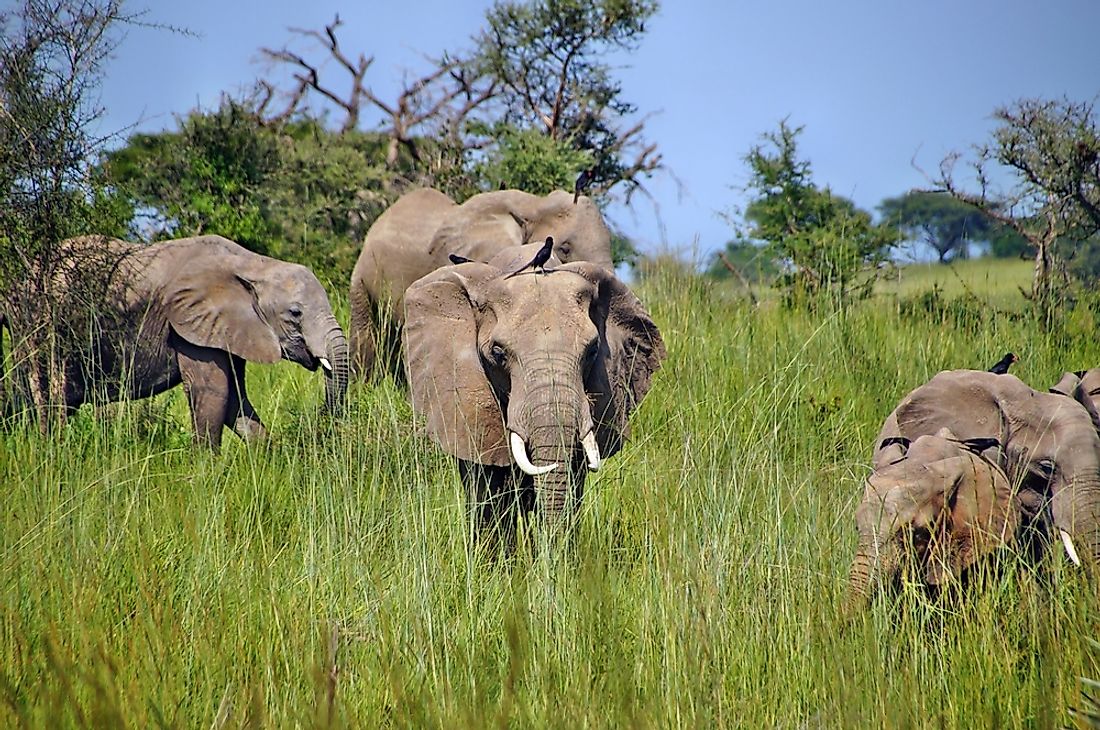Some Typical Characteristics of the Summer Climate

The characteristics of summer climate can vary depending on the region, but there are some common features that are typically associated with the summer season:
Warmer temperatures: Summer is generally characterized by higher temperatures compared to other seasons. Daytime temperatures can range from warm to hot, depending on the location and prevailing weather patterns.
Increased sunshine: Summer days are often sunnier with longer periods of daylight, thanks to the Earth's axial tilt and the higher position of the sun in the sky.
Humidity: In many regions, especially those closer to bodies of water or in tropical climates, summer is associated with higher humidity levels. This can make the air feel warmer and more uncomfortable, leading to a sensation of stickiness.
Thunderstorms: Summer is often the season for thunderstorms, particularly in areas with warm, moist air masses interacting with cooler air. These storms can bring heavy rainfall, lightning, thunder, and occasionally hail and strong winds.
Seasonal winds: Some regions experience seasonal shifts in wind patterns during the summer months. For example, coastal areas might experience sea breezes during the day and land breezes at night, while other regions might have prevailing winds associated with monsoon seasons.
Drought conditions: In areas prone to dry summers, such as Mediterranean climates or semi-arid regions, summer can bring drought conditions due to decreased precipitation and increased evaporation rates.
Vegetation changes: In temperate regions, summer is often characterized by lush vegetation, vibrant blooms, and dense foliage as plants take advantage of warmer temperatures and longer daylight hours for growth.
Outdoor activities: The pleasant weather of summer often encourages outdoor activities such as hiking, swimming, picnicking, and sports. Many people take advantage of the longer days and warmer temperatures to spend time outside.
Overall, the summer climate is typically associated with warm temperatures, sunny skies, increased humidity in some areas, thunderstorms in others, and a vibrant landscape bursting with life. However, it's important to note that local climate variations can result in differences in summer weather patterns from one region to another.
Thank you,